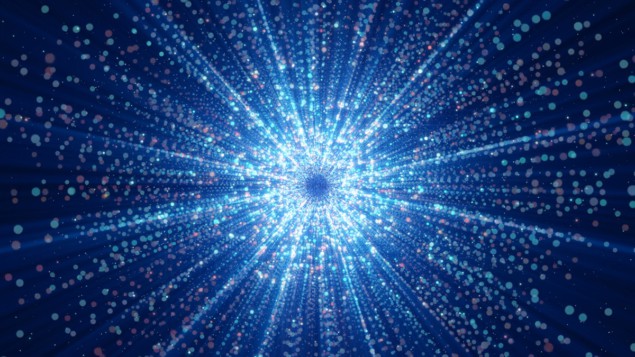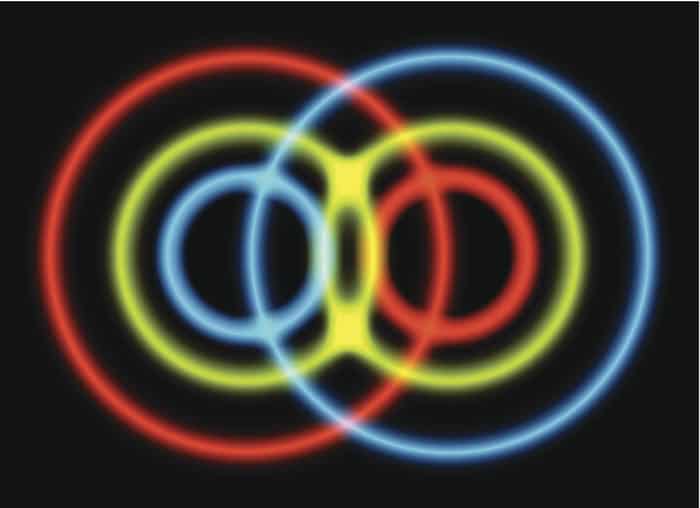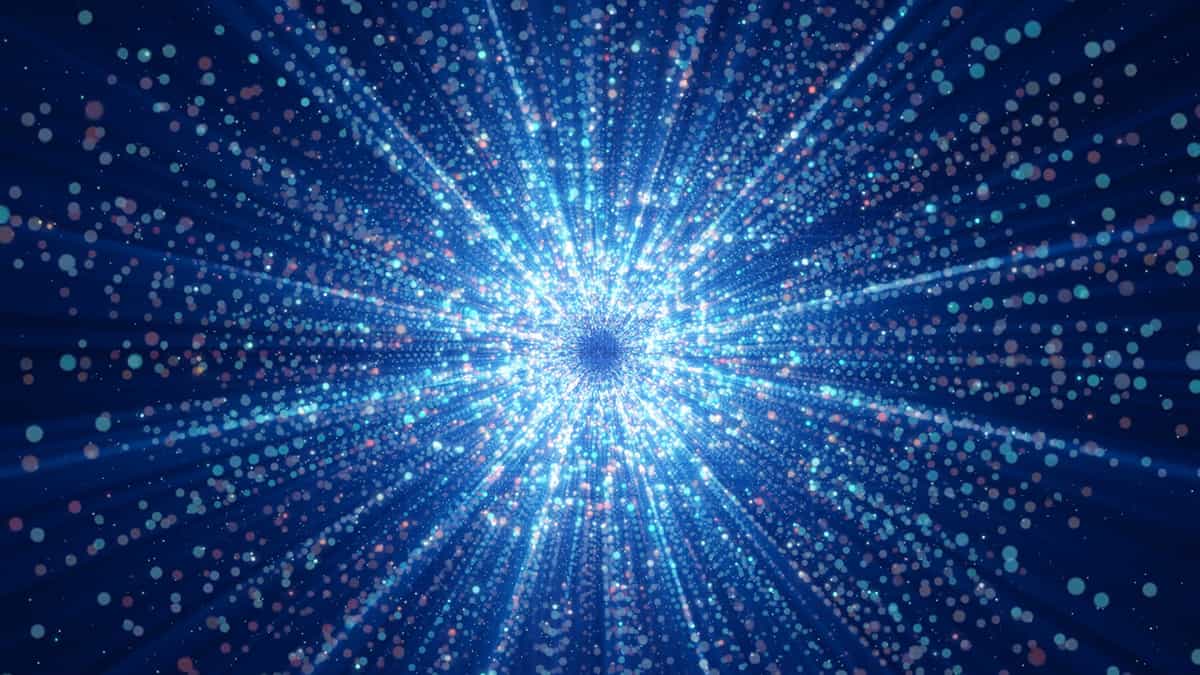
Quantum gravity might soon be tested in the lab, thanks to a new analysis from physicists in the UK, France and Hong Kong. Drawing on advances in quantum information science, the researchers have found that if gravity is fundamentally quantum rather than classical it must generate a signature known as non-Gaussianity. To look for that signature, they propose probing an ultra-cold gas of several billion caesium atoms existing in a state known as a Bose-Einstein condensate (BEC).
Attempts to unify general relativity and quantum mechanics usually involve quantizing gravity to create a theory of quantum gravity such as string theory or loop quantum gravity. However, with little or no empirical data to support such theories, some physicists have developed alternative unifying theories in which matter is quantized but gravity itself remains a fundamentally classical variable.
Previously, most scientists thought that distinguishing between these two types of theory in the laboratory would be impossible given the scale at which space-time should become quantized. That “Planck length” – a mere 1.6×10–35 m – could only be probed directly by colliding particles using an accelerator about the size of the Milky Way.
Manageable Planck mass
However, insights from quantum information science suggest that tests of quantum gravity could be done at the far more manageable scale of the “Planck mass” – which is about 22 µg. The challenge is creating a real system that can remain in a coherent quantum state on this macroscopic scale and the solution could rely on techniques developed for the construction of quantum computers and other quantum technologies.
One such proposal, put forward by Vlatko Vedral at the University of Oxford and other researchers in 2017, involves the observation of quantum entanglement between two microspheres, each of which is placed into a superposition of two spatial locations. By blocking all other possible interactions between the spheres, any entanglement must occur via a gravitational interaction. But as Richard Howl, until recently at the University of Nottingham in the UK, and Vedral point out in their new research, classical non-local effects could conceivably lead to such entanglement.
To carry out a more unambiguous test of quantum gravity, the new work instead relies on non-Gaussianity. Needed to carry out universal quantum computation, this is a property of a quantum system whose time-evolution operator is not just a linear or quadratic function of quantum variables. A matter particle emitting a graviton, for example, would be non-Gaussian because the Feynman diagram representing the interaction would involve three quantum operators (as opposed to two in the classical case).
Billions of atoms
Vedral and colleagues have shown theoretically that if a system displays non-Gaussianity then its gravitational interaction must be quantum mechanical. What is more, they have identified a quantum system that could be scrutinized for this characteristic, and which could be set up using existing technology. That system is a BEC, a state of matter in which all atoms are cooled to such a low temperature that they end up sharing the same quantum state. More specifically, the researchers suggest a 0.2 mm-diameter condensate of 4 billion atoms of caesium-133 held in a spherical optical trap for around 2 s.
There are several ways that this system could be scrutinized. One option involves releasing the condensate from its trap and then sending it through a matter-wave beam-splitter. By measuring the number of atoms in the two outgoing beams and repeating the process many times over, the difference between those numbers should follow a non-Gaussian distribution if gravity is indeed quantum mechanical.
Vedral and colleagues maintain that this set-up has several advantages over microspheres. It involves just a single quantum system in a single location, for example, and the team argues that a BEC lends itself naturally to eliminating the electromagnetic interactions that would also display non-Gaussianity and therefore potentially generate a false positive signal.
Feshbach resonances
As they point out, the microsphere experiment would minimize electromagnetic forces simply by placing the spheres far enough part – at a distance where the objects’ mutual gravity is stronger than the van der Waals force. Doing so, however, also reduces the gravitational interaction. With the condensate however, Feshbach resonances allow the overall strength of electromagnetic interactions between the constituent atoms to go to zero when the system is exposed to a suitable magnetic field or laser beam.
Carrying out the experiment in the lab will involve overcoming a number of technical hurdles, including how to put the atoms in their initial quantum state. BECs have previously been placed into massive non-classical states but not into the kind of state needed here. That is a macroscopic squeezed state, which exploits Heisenberg’s uncertainty principle to reduce noise in the measured variable – either the BEC’s position or momentum. This comes at the expense of increasing noise in the other variable, which does not affect the measurement.

Quantum gravity could be probed by entangled masses
Generating this state will be tricky since it will require transforming squeezed states of spin and atom number – which has never been done for such a large BEC. Alternatively, says Howl, it might be possible to use a much smaller squeezed state. But that in turn would mean increasing both the number of atoms in the condensate and the number of experimental trials by a couple of orders of magnitude.
Gerard Milburn at the University of Queensland in Australia, is enthusiastic about the principle behind the new work – describing the switch to non-Gaussian signatures as “a very good idea”. But he cautions that putting that idea into practice will not be easy, given quantum noise arising from non-Gaussian dynamics in the condensate itself. “My guess is that these effects will be at least as large as the non-Gaussian effects coming from quantum gravity,” he says.
The research is reported in PRX Quantum.
